When Gia Carangi’s life is remembered at all, it is remembered as a tragedy.
Less than a decade later, she was dead.
Carangi is credited with originating the"heroin chic" lookthatruled the fashion world in the 90s.
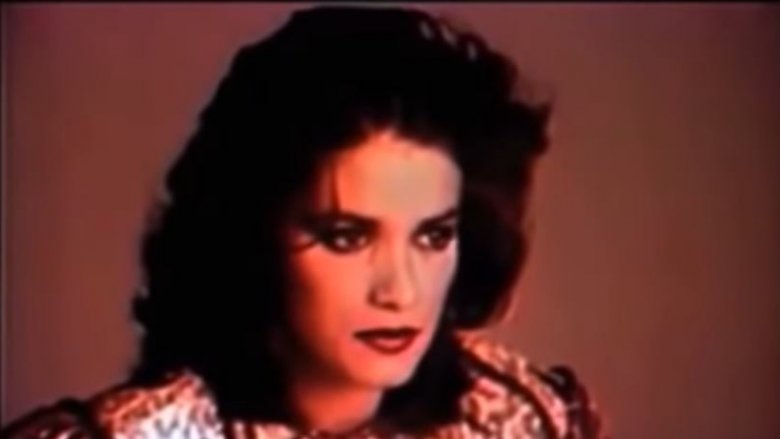
Carangi was not just devastatingly beautiful, but also had a beautiful, sensitive soul.
Her life was even more tragic than many people know, marked by heartbreak and an unhappy childhood.
She was always late, always had some excuse.
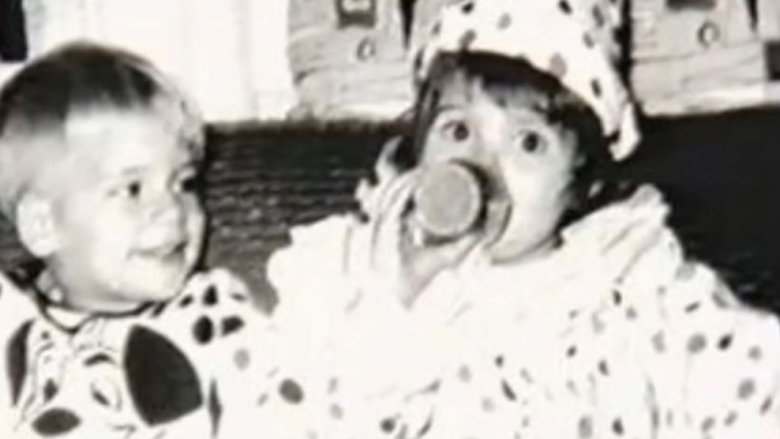
But I used her as much as I could."
In a time when blue-eyed blondes ruled the industry, Carangi’s darker features made her stand out.
It seemed that her future was made.
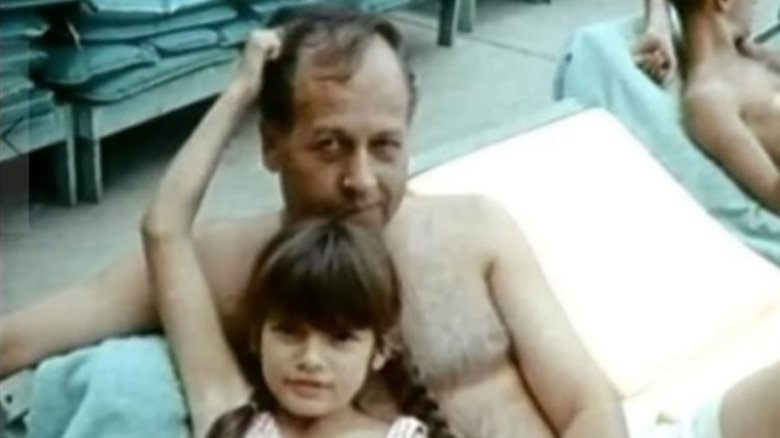
The only girl in the family, Carangi would spend much of her adolescence seeking her father’s approval.
He would do this in front of my brothers.
I felt like they were better than me and the only difference was they were boys.
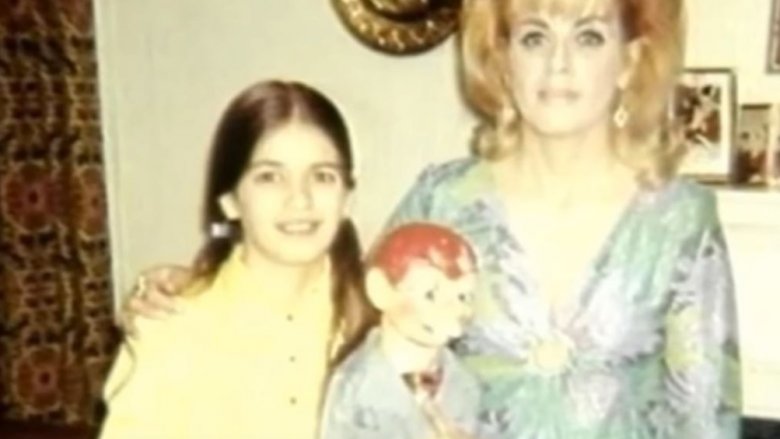
In adolescence, Carangi found herself attracted to another girl.
Carangi’s mother was convinced that her daughter’s sexuality was just a phase.
to make it c’mon her mother, Carangi went to see the therapist.
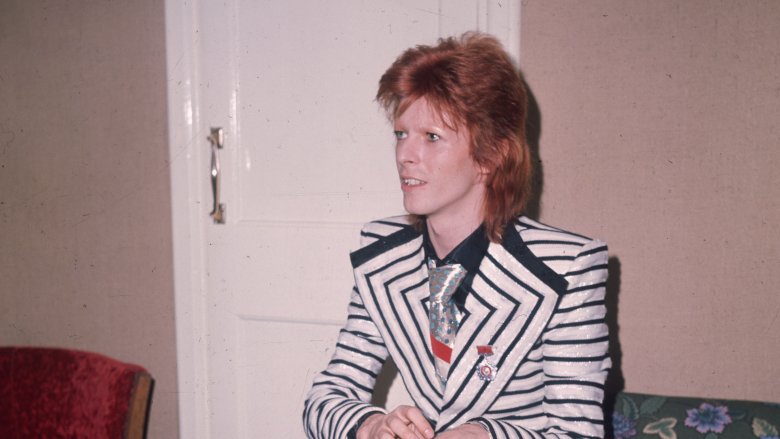
She and many of her friends emulated his androgynous style.
It was a style that would continue to define Carangi’s personal look for the rest of her life.
However, it was more than just Bowie’s style that enraptured Carangi.
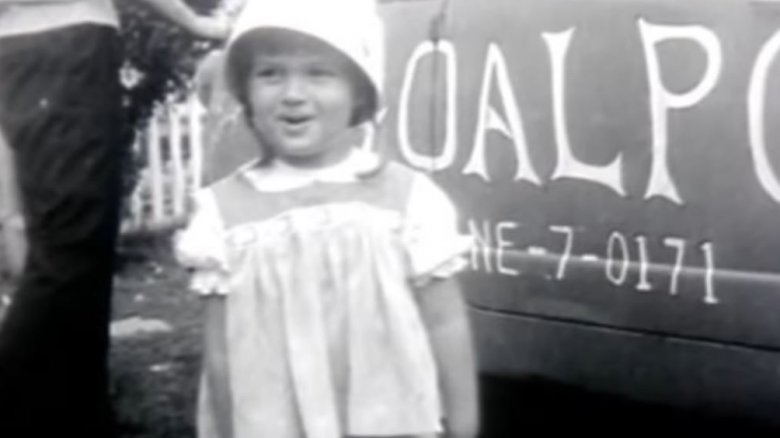
She was also drawn to him as a symbol of rebellion and countercultural values.
Carangi’s devotion to Bowie didn’t impress her family.
Her stepfather, Henry Sperr, said inThing of Beautythat Bowie had seemed to change Carangi.
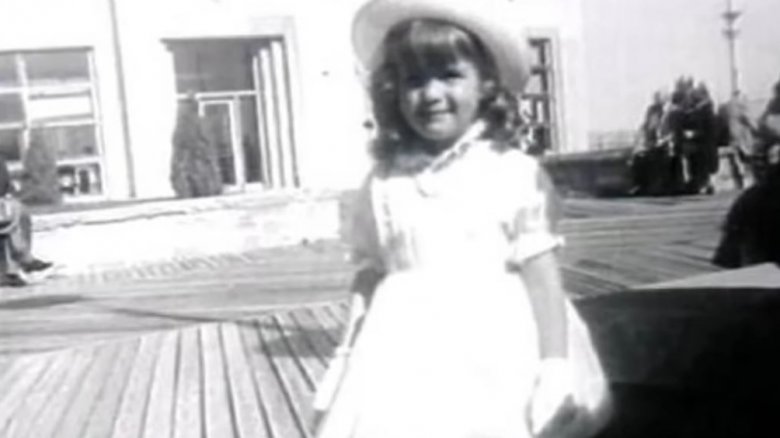
“She got a Bowie haircut and that changed her personality completely,” he said.
She would be disrespectful, she would be constantly fighting, just over nothing.
And she’d be very rebellious."
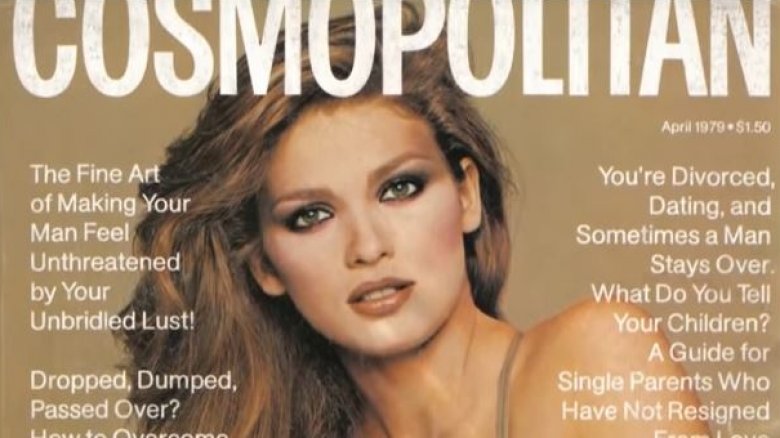
If she was angry, she had good reason to be.
“She had a rough time with a lot of men in her life,” said Fay.
“There were times in New York when people just took advantage of her.
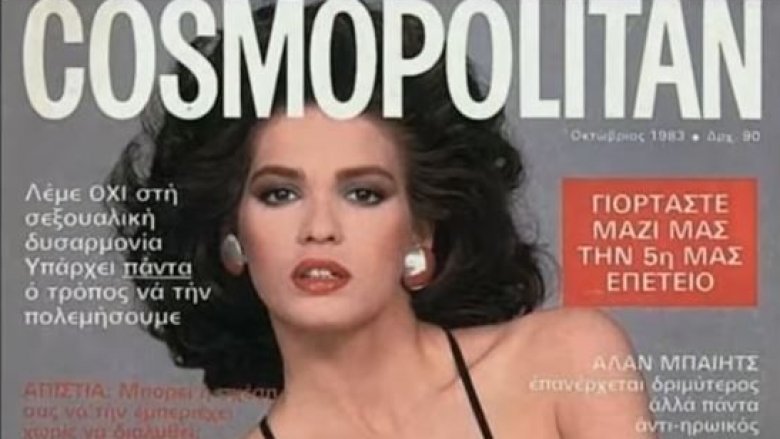
Not all of the assaults Carangi suffered were dismissed as “part of the scene,” though.
Fay added, “She had been raped a few times.
Date rape, or whatever you want to call it.
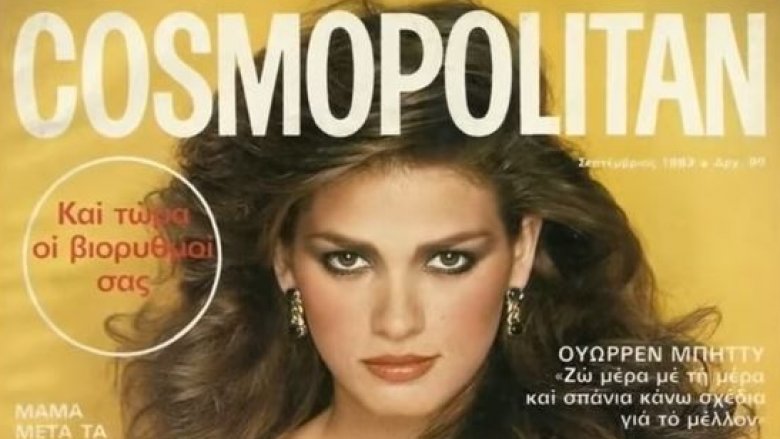
She had a lot of anger about that.”
Even as a young girl, however, her friends saw her as a magnetic presence.
“That was the thing you have to remember about Gia,” a friend of hers toldPhiladelphia.
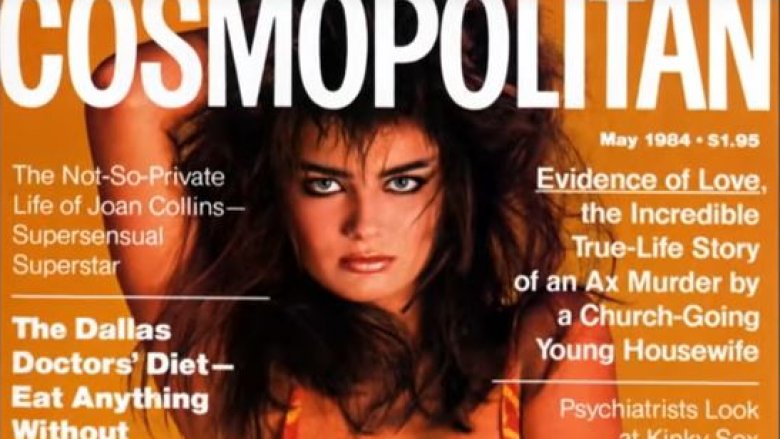
“She had grown into a very exotic-looking, very special girl.
She could just sit in a chair and smile and she was automatically the center of attention.
She wasn’t extremely smart in fact she always believed herself to be extremely dull.

“Gia hated the business from the beginning,” she toldPhiladelphia.
“She felt like a piece of meat.
I know it’s an old cliche, but that’s what she always said.
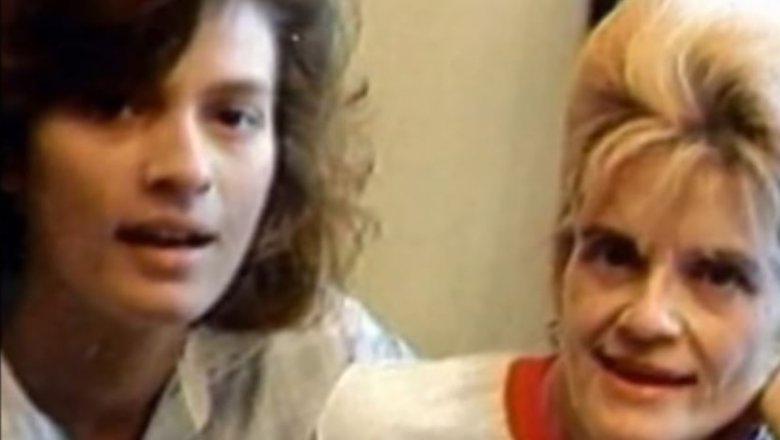
She just wasn’t cut out for the business, she was too sensitive for it.”
Other friends speculated that Carangi became a model to c’mon her mother.
“She knew her mother wanted her to be a model,” said a friend.
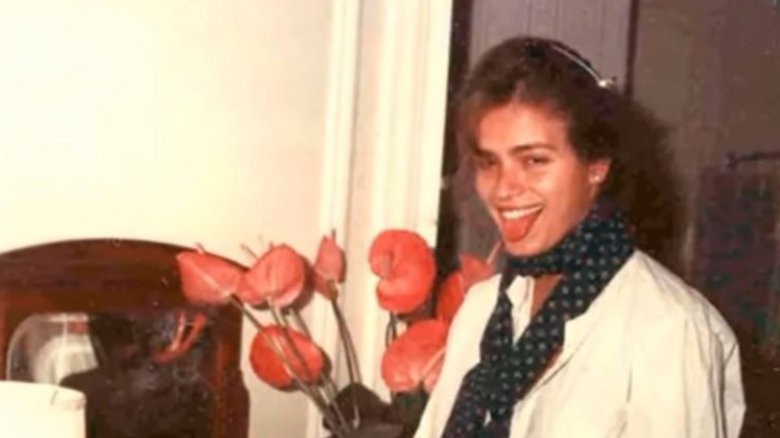
“And she knew it was her destiny.”
Carangi, however, had other aspirations outside of modeling and the family business.
Shealso had plansto “make a big splash in film” as a cinematographer.

While Gia was quick to fall in love, she also desperately wanted to be loved herself.
“Gia was prone to needing someone around all the time,” a former partner said.
“Sometimes it was almost like she needed a baby sitter.”
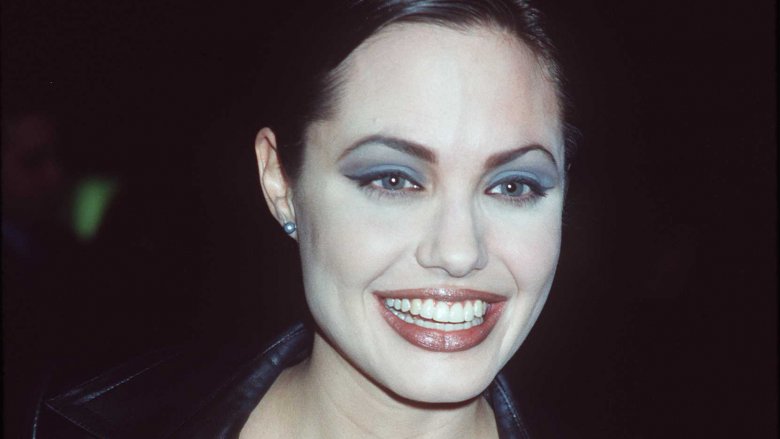
“I think she mistook caring as sexual,” she said.
It’s hard to say.
Her youth at the launch of her career no doubt contributed to her later problems.
“There’s a lot of vultures around you.”
Cooper had signed Carangi to her modeling agency in 1978 and also took the young model under her wing.
“I want to live so bad.
But I’m so terribly sad.
I wish Wilhelmina didn’t die.
She was so wonderful to talk to about work.
I cry every day for a little while.
I wish I knew what to do…
I pray that things fall into place.”
Instead of finding camaraderie with her fellow models, she instead felt shunned by many of them.
Their treatment of her contributed to her loneliness and left her depressed.
“Is it jealousy or [are] all girls just like that…
I get the feeling a few of them would like to pull my hair out.
I think it is a terrible part of the human race, a real flaw.
Maybe I am discovering who I am.
Or maybe I’m just stoned again.”
At the end of Carangi’s life, she was virtually on her own, unable to get clean.
“She’d make money and then disappear into drug use.
She tried rehab programs, but they didn’t work.
Her family tried to help her, but they couldn’t.
By 1985 she was broke, was still using drugs and had AIDS.
She died, homeless, in November 1986.”
It was viewed primarily as a “gay” disease, spread by sexual contact.
The model contracted the illness through drug use, debunking the myth that AIDS was restricted to gay men.
Though Carangi herself was no longer popular, her look was still very much in demand.
Crawford landed on the cover ofVoguein 1986, the same year Carangi died.
“Everyone had loved Gia,” she toldVanity Fair.
“So that’s how I got in.
TheVoguecover was like the stamp of approval.
And from that came Revlon and all the other great things.”
Jolie toldThe New York Timesthat she initially “hated” Carangi when researching her life.
After getting to know more about Carangi and her life, however, Jolie started to change her mind.
“Oh, God,” she said about her changing views on Carangi.
I’d like to date Gia.
I’d want to be her lover.